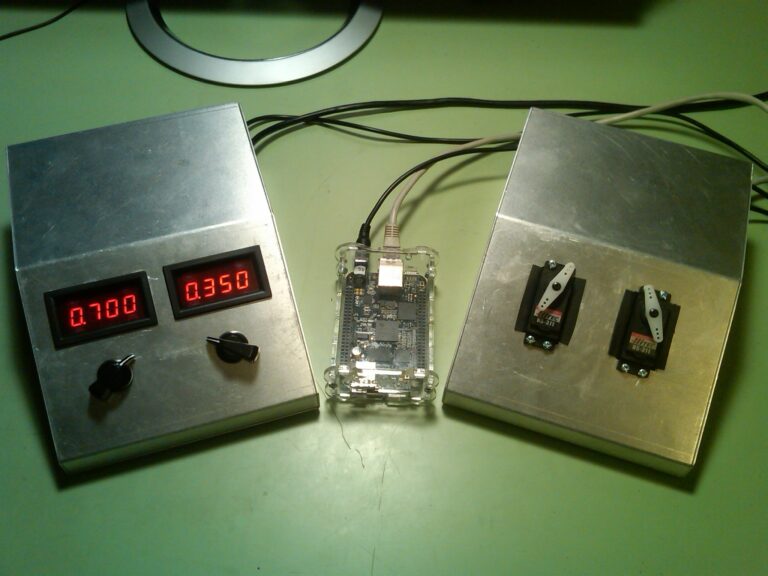By Natalie Nelms
Oh, the places youll go when using three BeagleBone Blacks!
Maker and engineering expert Trefor Delve explored this idea by
developing a parallel simulation proof of concept that ran
on three Sitara-processor-powered BeagleBone Blacks in order to implement a MIL-STD-1553 bus system and interface to real and virtual hardware.
There is always a need during a development to be able to scale performance
as computational needs increase, Delve explained as he discussed the
inspiration behind the project. This raises its own issues in terms of
how to provide that capability. Add to that the problem that often real
world I/O is required and the problem becomes multi-dimensional:
performance issues, problem description and hardware management. A
cost effective means to implement a proof of concept was required.

Traditionally, MIL-STD-1553 is identified as a military standard
published by the U.S. Department of Defense that defines the mechanical,
electrical and functional aspects of a serial data bus. This particular
piece of technology has been in existence since 1973, but multiple
revisions have been made to it over time and it has become the most
predominantly used networking standard for both military and civil avionics.
The fact that this piece of hardware is so dynamic is what
enabled Delve to further explore its capabilities and design
his proof of concept. The MIL-STD-1553 and BeagleBone Black
combo certainly makes for an interesting project with its rich
history and durable design.
When asked why Delve integrated three BeagleBone Blacks
into this type of bus system as opposed to other platforms, he
detailed that, a full development on PC-based hardware can be an
expensive proposition especially in a proof of concept environment.
The BeagleBone Black contained the basic hardware required: multichannel
ADC (analog to digital converter), PWM (pulse width modulated) outputs
and SPI outputs. In addition, the ability to download and compile
standard tools like MPICH (a high performance message passing interface)
and QT (a cross-platform application framework) provided an industrial-strength
demonstration platform. The BeagleBone Black represented a cost effective proposition.
Fortunately for the projects process, Delve ran into minimal issues.
He expressed that the only concerns were that the BeagleBone Blacks
used were early devices so there were some issues with the ADC operation
in terms of when samples were valid. The PWM outputs had some issues
where it was difficult to make changes to update rates. There were
solutions for each of these problems that worked in my situation some
were at the cost of capabilities that other users may have needed.

Delve plans on continuing his work with electrical engineering by
applying BeagleBone Black to automotive instrumentation, making use of
the ADC and PWM capabilities. Stay tuned for more on that!
Want to chat with us about this project? Tweet us at @BeagleBoardOrg!

